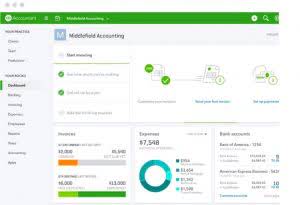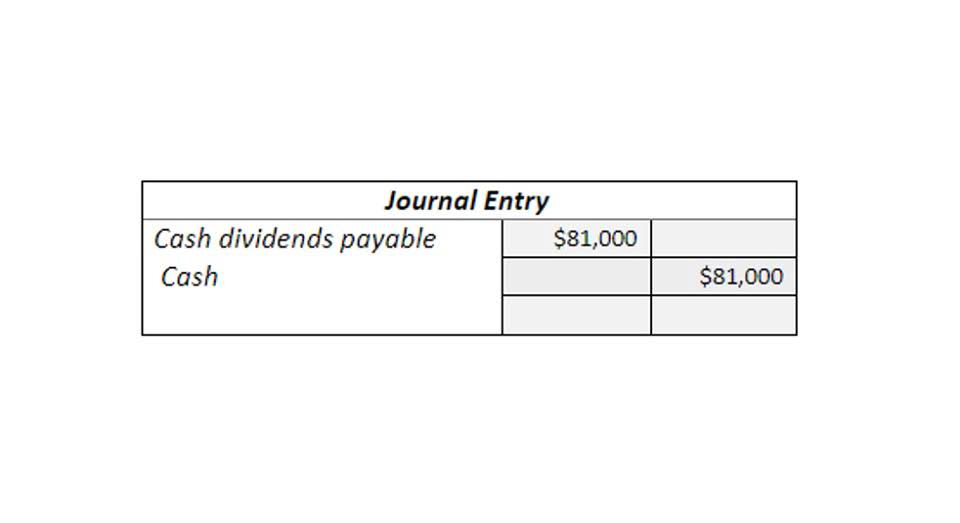
This approach gives a more detailed look at actual spending, making it ideal for those who want to track every expense closely. One of the best parts of top-down budgeting is that it’s quick and efficient. Unlike traditional methods that require tracking every expense, this approach lets you focus on larger categories and overall spending limits. Prioritizing your financial goals ensures that your budget reflects what matters most to you. A set spending cap can help curb overspending, promote discipline, and keep you focused on meeting your immediate and long-term financial goals.
- Stakeholder levels also play a role, with top-down budgeting suiting high-level stakeholders and bottom-up budgeting aligning better with lower-level stakeholders.
- The previous year, the human resources (HR) department contributed to 5% of the overall expenses for the year.
- A bottom-up budget is a budgeting methodology where individual departments propose their own budgets to be consolidated by the centralized finance team.
- The choice of top down and bottom up budgeting approaches impacts the level of involvement and decision-making power at different management levels.
- Finally, the specific needs and objectives of individual departments play a crucial role in determining how resources are allocated within the organization.
- Here are the advantages and disadvantages of top-down and bottom-up budgeting methods.
Employee Involvement
In bottom-up budgeting, the roots symbolise individual departments, while the growth of the tree represents the collective financial plan. As you add more levels of management, you’ll want to incorporate bottom-up budgeting, which income summary provides a level of detail that a top-down budget does not. A bottom-up budget also provides upper management with departmental details that they may be unaware of.
Ethical Considerations of AI In Marketing: Balancing Innovation with Responsibility

Please refer to the actual QuickBooks ProAdvisor policies for terms, conditions, and exclusions of coverage. Investment advisory services are provided by Albert Investments, LLC, a Registered Investment Advisor. Brokerage services are provided by Albert Securities, LLC, Member FINRA/SIPC. Securities products are not FDIC insured or bank guaranteed, not a deposit, and may lose value.
- Managers create budgets tailored to their specific needs and operational objectives.
- In this approach, the leadership determines the total budget amount first and then allocates specific portions to the various departments or projects.
- It’s a good fit for someone looking for a budgeting approach that’s easy to set up and manage without focusing too much on small details.
- Lastly, communicate your budget clearly and transparently to inform and align your team and stakeholders, so you can avoid surprises and conflicts.
- Take advantage of tools and software that can collect, analyze, and present your data, such as spreadsheets, project management software, or accounting software.
- Smaller organisations often benefit from top-down budgeting because of the centralised decision-making.
AI in Accounting Examples: What’s New in the Market for SMBs

Executives still have the final word on the budget so they can have a centralized strategy. Let’s start with defining both bottom-up budgeting and top-down budgeting as well as looking at the advantages and disadvantages of each budgeting approach. Then we’ll show you how to make a budget using both so you can make an informed decision. With top-down budgeting, floor-level employees have no say in what resources they need to complete their tasks. In contrast, bottom-up budgeting gives more freedom and responsibilities to lower management. Another situation in which a bottom-up budget might be preferred is for industries that require constant creativity and innovation to thrive.


Organizations do not fix their budget for a year but update forecasts regularly, often quarterly or even monthly. ZBB differs from top-down and bottom-up budgeting as it starts from scratch at each period and relies on neither historical data nor department input. This approach makes it important for an organization to critically examine all its costs as they are bound to identify redundant costs. In practice, top-down budgeting is often used in environments where strategic alignment and quick decision-making are crucial.
Budgeting Process: Steps and Best Practices for Planning a Budget
Instead, each budget is built from the ground up, and every expense is added to form a budget. Runway gives everyone visibility into how department budgets roll into the bigger plan. Real-time updates and scenario planning keep every team on the same top-down vs bottom-up budgeting page.
- Industries in need of constant innovation will need the input of day-to-day employees and stakeholders to stay on top of trends.
- Leadership concerned with keeping a consistent top-level budget year over year may lean towards a top-down approach.
- Bottom-up budgeting is, as its name suggests, budgeting that starts from the departments in an organization and then moves up to senior management.
- Companies with a culture of transparency, strong interdepartmental communication, and a finance team that keep track of the larger organizational goals will do well with bottom-up budgeting.
- Then, in an iterative process, the CFO suggests changes to the budget and sends it back down, and so on, until everybody reaches an agreement.
- In terms of buy-in, the bottom-up approach will have departments hopeful and require some convincing leadership to see how the budget aligns with revenue growth and other company objectives.
- Executives still have the final word on the budget so they can have a centralized strategy.
- Neither approach is inherently superior; the best choice depends on context and priorities.
- Thus, leadership can strategize and negotiate which headcount and resource requests get filled and what objectives are most important.
- In the top-down budgeting process, upper management or the executive team first establishes the overall budget based on the organization’s strategic goals and financial objectives.
- In top-down budgeting methods, employee involvement is generally limited, as the budgeting approach is driven more by senior leadership and the finance team.
Going with one over the other will lead to a certain set of benefits, but it will also take away another set. Choosing between top-down or bottom-up budgeting ultimately depends on your company’s size, structure, and goals. If you’re a startup that needs tight financial control, a top-down budget might serve you better, especially if your founders and C-suite already have deep knowledge of each department. These individuals should come from all levels of management for a well-rounded perspective. The process of budgeting is an essential part of running a financially sound business.
Ready to optimize your workforce planning and compensation strategy?
Bottom-up costing estimates costs starting from individual units or components rather than the whole project. Get practical, strategic finance insights from those who’ve been there—straight to your inbox. A Swedish company with 50 years of experience, delivering solutions for performance management and business intelligence. Runway is the modern and intuitive way to model, plan, and align your business for everyone on your team.

